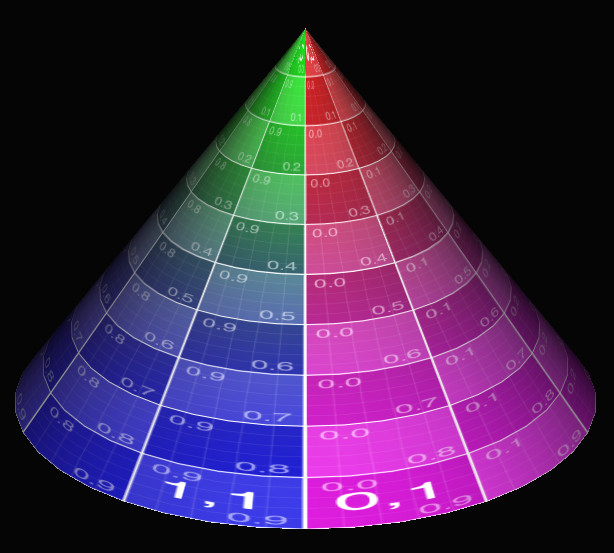This video analyses the scene of the restaurant door in the classic comedy Playtime, by Jacques Tati, and how the elements combine in intricate ways to build up the gag.
PlayTime: Anatomy of a Gag from Criterion Collection on Vimeo.

This video analyses the scene of the restaurant door in the classic comedy Playtime, by Jacques Tati, and how the elements combine in intricate ways to build up the gag.
PlayTime: Anatomy of a Gag from Criterion Collection on Vimeo.
Last Fall, the French demogroup Cocoon uncovered this beautiful ambient demo: Insight In An Unseizable World. Its technical features, including real-time fluid dynamics or screen space reflections, manage to stay humble a leave the full stage to the superb direction. The special attention given to transition is outstanding, and I invite you to see by yourselves.
Three years ago, the German demoscene group, Still, was releasing an experiment at shaping some of the work of late painter Victor Vasarely as animated figures in a tribute demo: Beta. The unusual style from a demoscene standpoint, extrapolating what his work would have been if it were animated, was a success.
Last week Still released another demo with a similar geometric style and a brilliant direction: Intrinsic Gravity. It serves as an invitation to the demoparty NVScene, to take place in San Jose, California, this March.
I recommend you these two demos, they are a pleasure to watch.
The filmmaker Tony Zhou is the author of an ongoing series of fascinating essays on analyzing film form: Every Frame a Painting. Covered in 5 to 10mn with a critical and passionate eye, his topics vary between directors, actors or single film scenes.
Every single one of them is worth watching, but my personal favorites are the study of the scene when Clarice Starling and Hannibal Lecter meet for the first time in The Silence of the Lambs, the analysis of Mickael Bay’s intense visual style, and the presentation (and praise) of Edgar Wright’s use of visuals to support comedy.
Those essays can be found on Youtube or Vimeo, with additional comments on tumblr and Facebook. Interestingly, they can also be supported (as in, financially) on Patreon.
Eric Haines reminds in a blog article the problems that arise when rendering a cone, which are surprisingly tricky for such a seemingly simple task. A discussion on the topic also spawned on Twitter.

Illustration of texture mapping issues.
This IOCCC entry by Yusuke Endo is an ASCII fluid simulator using smoothed-particle hydrodynamics. Once compiled, the program takes an ASCII art on standard input, and shows the animated simulation on a 80×25 terminal.
Here is a demonstration of the program:
I previously mentioned a video showing how schlieren photography could be used to film the propagation of sound.
This video by the Harvard Natural Science Lecture Demonstrations, presents different experiments with schlieren photography. The complete description of the setup used, as well as the explanation of the effect, is also available on the associated web page.